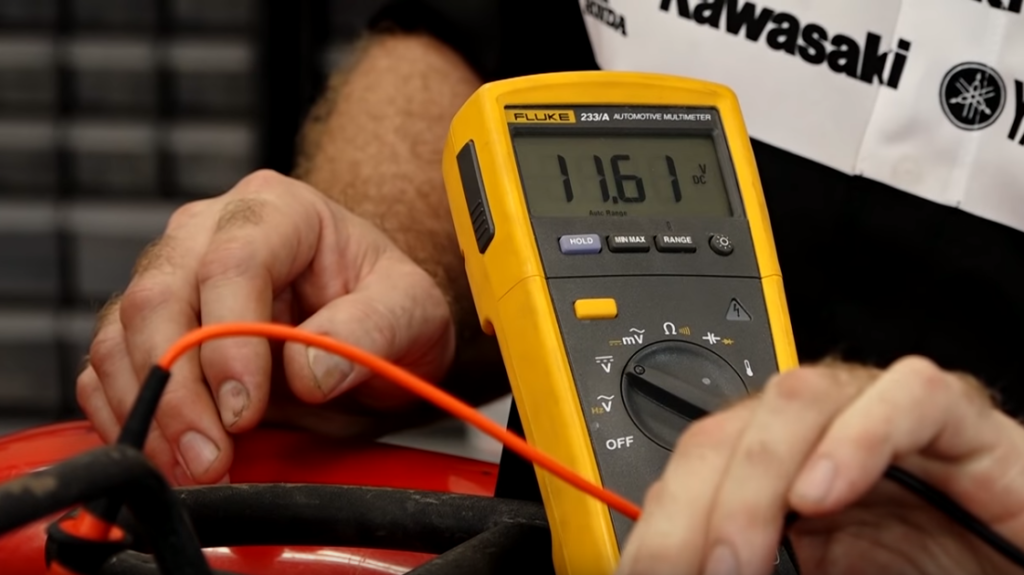A lead-acid battery can have voltage but no current due to several reasons related to its internal condition or external connections. Here are some common causes.
- Sulfation:
- Explanation: Sulfation occurs when lead sulfate crystals build up on the battery plates, particularly if the battery has been left discharged for a long time.
- Impact: These crystals increase internal resistance, preventing current from flowing even though the battery shows a voltage.
- High Internal Resistance:
- Explanation: Over time, various factors like sulfation, corrosion, and stratification can increase the internal resistance of the battery.
- Impact: High internal resistance reduces the battery’s ability to deliver current despite maintaining a voltage.
- Poor Connections:
- Explanation: Corroded or loose connections at the terminals or within the battery cells can prevent current flow.
- Impact: Even if the battery shows the correct voltage, poor connections can interrupt the current path.
- Depleted Electrolyte:
- Explanation: In flooded lead-acid batteries, the electrolyte level can drop due to evaporation or leakage.
- Impact: Insufficient electrolyte can cause parts of the plates to be exposed, reducing the battery’s ability to generate current.
- Cell Failure:
- Explanation: A lead-acid battery is composed of multiple cells. If one or more cells fail (due to short circuits, open circuits, or other failures), the battery may show a voltage but be unable to deliver current.
- Impact: The overall performance of the battery is compromised, and it can’t supply current effectively.
- Partial Charge:
- Explanation: The battery might only be partially charged, showing a voltage that suggests it is charged, but without enough energy to supply current under load.
- Impact: The battery appears functional based on voltage readings, but its actual capacity to deliver current is insufficient.
- Surface Charge:
- Explanation: After charging, lead-acid batteries can exhibit a surface charge, which is a temporary voltage that does not represent the true state of charge.
- Impact: This surface charge can show a normal voltage reading, but once a load is applied, the voltage drops, and the battery fails to supply current.
- Battery Age:
- Explanation: As batteries age, their ability to deliver current diminishes due to the degradation of internal components.
- Impact: An old battery may still show voltage but have insufficient capacity to supply current.
To diagnose and address these issues, you can perform several checks and maintenance steps:
- Load Test: Apply a load to the battery to see if it can maintain voltage under load.
- Check Connections: Ensure all terminals and connections are clean, tight, and free of corrosion.
- Inspect Electrolyte Levels: For flooded batteries, check and top up electrolyte levels if necessary.
- Equalize Charge: Perform an equalizing charge to reduce sulfation.
- Replace Old Batteries: If the battery is old or shows significant degradation, consider replacing it.


